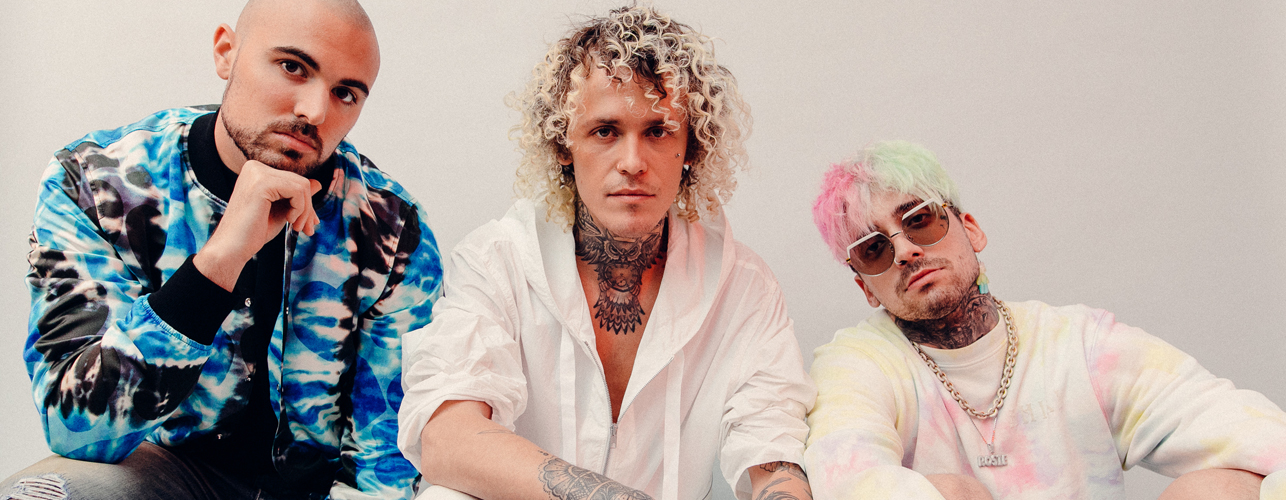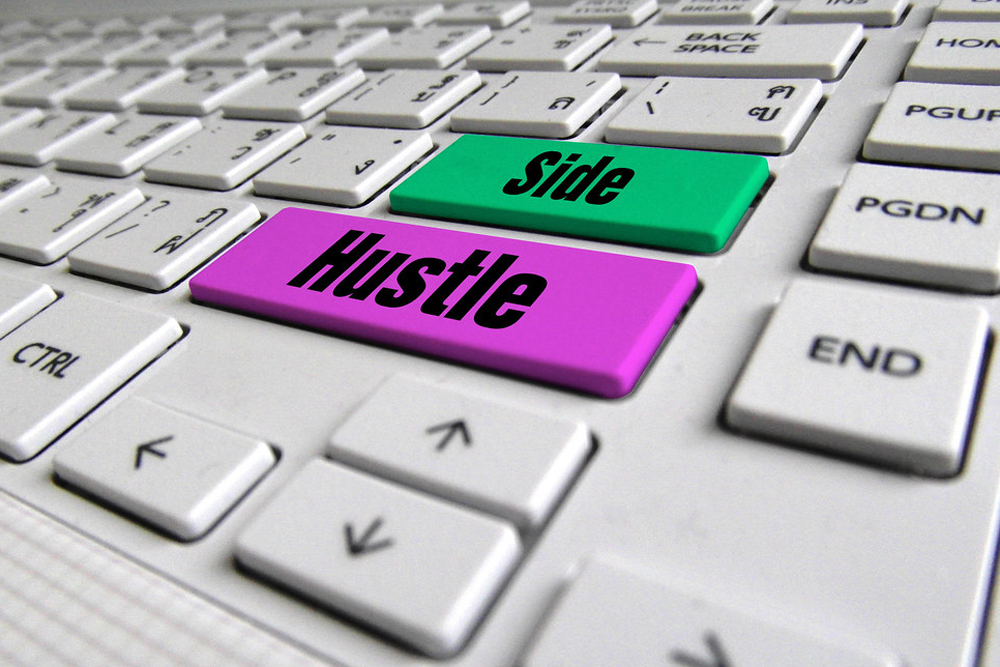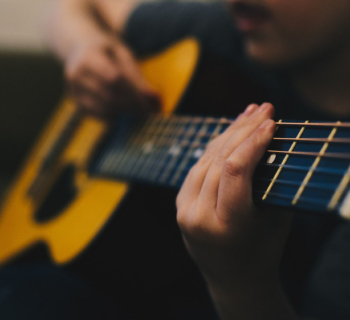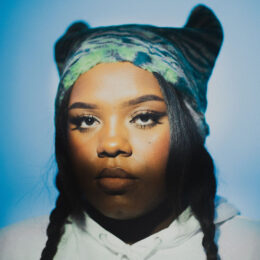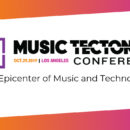2020 could be a big year for Taylor Swift fans. It’s the year when the 10-time Grammy winner might completely re-record the first five albums in her best-selling catalogue.
Last August, Swift told Good Morning America, “My contract says that starting November 2020 ... I can record albums one through five all over again.” She added, “I think it's important for artists to own their work. I'm gonna be busy, I'm very excited.”
Who Owns the Songs?
I find the conflict between Swift and Scooter Braun—the new owner of her early catalog—very interesting. Not because I’m necessarily a fan of either, but because of what was being said, by Swift’s fans in particular:
“She wrote the songs ... they're her songs ... she can perform them whenever and wherever she wants!”
Not so fast! They were written by Swift, so they’re her songs. But the law determines who owns them, and what she can do with them. In this situation, ownership is controlled by copyright law and the agreement that Swift signed.
Background of the Conflict
Swift's debut album was self-titled. She signed an agreement for her debut album, and several more, with the record label Big Machine. The details of the agreement are confidential, but apparently Big Machine owns the masters for Swift’s first six albums. Last June, Scooter Braun’s Ithaca Holdings agreed to acquire Scott Borchetta’s Big Machine Label Group.
Swift doesn’t like Braun and has stated, “Never in my worst nightmares did I imagine the buyer would be Scooter.” Swift has since claimed that Braun won't let her perform her old songs. Fans are outraged, celebrities have taken sides, and the media can’t get enough.
Why Creative People Should Care
What’s interesting for creatives, is the difference between being the author and being the owner. This applies to anyone who creates songs, videos, articles, photographs, paintings, drawings, computer programs or other content.
Copyright law protects the expression of an idea in tangible form. More succinctly, if you express an original idea that can be reproduced, then copyright law protects it. With respect to ownership, the law states that the creator (the author, photographer, videographer etc.) initially owns the copyright. Since Swift created the songs, copyright law says she owns them, unless they were a work for hire, or she agreed in writing to give them to someone else.
Work for Hire
An exception to the general rule that an author owns the copyright, work for hire is when an employee is hired to create a work within the scope of his or her job description. In that situation, the law says the employer owns the work. However, two criteria must be met in order to be a work for hire: 1) it has to be an employee, not an independent contractor, and (2) the employee’s creation of the work must be within their scope of employment.
There is a famous US Supreme Court decision relating to work for hire and what is required. The case involved James Reid, a sculptor who was hired by The Center for Creative Non-Violence in Washington, DC, to create a sculpture showing the plight of the homeless. The sculpture was called Third World America. CCNV argued that they owned the copyright to the sculpture because it was a work for hire, but the court ruled that, in fact, James Reid owned the copyright because work for hire didn’t apply. The court said that a work-for-hire employee must be a true employee, as commonly understood, not an independent contractor (i.e., with their own tools, schedule, and plan for the work.)
Swift was definitely an independent contractor. She worked on her own and created her songs independent of any employer. So, she is the owner, until she transfers her rights to another.
Assigning Away Your Rights
Despite being an independent contractor, Swift clearly entered into an agreement and gave her copyrighted songs to Big Machine. This is called an assignment of rights and it’s the way an artist can transfer their rights under copyright law.
Swift didn’t give her rights away for free, of course. Her record label promoted her at great expense, paid her handsomely and took considerable risk. It can cost more than a million dollars to produce a single pop hit. When Swift started, she was not a star; she was a potential star. In the agreement that she and Big Machine signed, it stipulated what each party was going to do and what each party would get. It further likely detailed what Big Machine could do with what they now owned, that being the right to sell to another party, even if it was to Swift’s “worst nightmare.”
Understanding What You Sign
Big Machine was founded by Scott Borchetta, and I’m sure that Swift trusted Borchetta when she signed with him. But, you have to remember that people change, circumstances evolve and, well, business is business. Accord-ing to people familiar with the sale, $300 million was the price for Borchetta to create Swift’s worst nightmare—to have her songs owned by Scooter Braun.
Bottom line, you have to read and understand any agreement you sign. When it comes to your intellectual property, be very careful that you are not assigning your rights, unless that is what you actually intend to do.
We’ve all heard it, “We’ve been friends for years. I trust him. He would never hurt me.” Maybe it’s true, but what if you’re wrong? Your friend takes a different job, loses control of the business, or someone with 300 million great reasons decides to sell their business? Your work is now owned by someone you don't know, or worse, is your worst nightmare. You have to provide language in the agreement to protect yourself from the unknown. The point is, the person you know and trust today might be a different person tomorrow.
Obviously, these agreements are negotiated. The terms are in part a result of the leverage that you have. As a newcomer, Swift had little leverage with Big Machine. As a superstar, the tables have turned and she now has the leverage. Her new deal with Universal Music Group’s Republic Records is much better. She posted a letter on Instagram saying in part, “It’s also incredibly exciting to know that I’ll own all of my master recordings that I make from now on.”
The Takeaway
If you’re a creator of copyrighted works, you must understand copyright ownership rights, and the related provisions in your agreements. Just as important, you also have to understand that if they aren’t there, they should be. For example, “You cannot transfer my rights to a third party without my permission.”
What you don't know can hurt you in the Intellectual Property world. Not knowing may have you looking at the light at the end of the tunnel, when you’re actually staring at a train. Your IP is very valuable. Just ask Taylor Swift.
William H. Honaker is an intellectual property attorney at Dickinson Wright PLLC. He has 30 years of experience in evaluating patents, trademarks and copyrights, and advising clients on the protection of inventions, trademarks and copyrightable subject matter.


